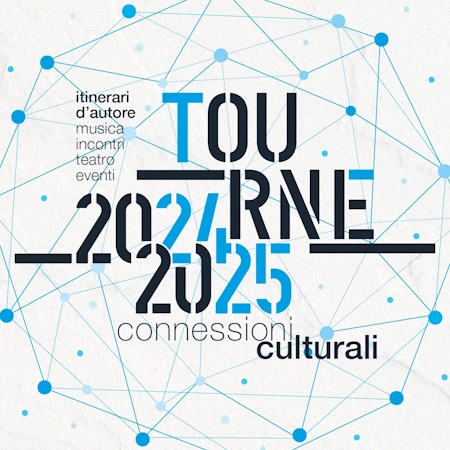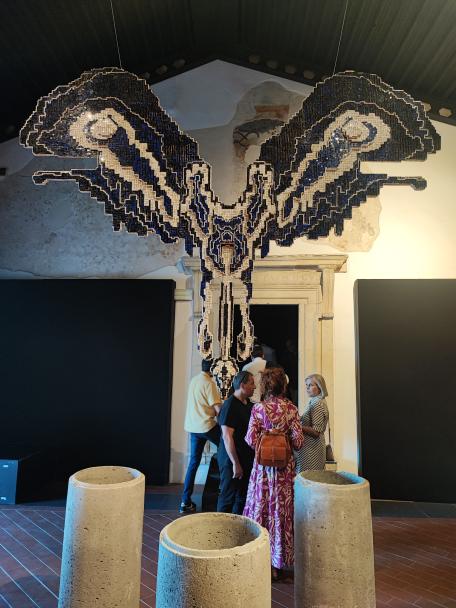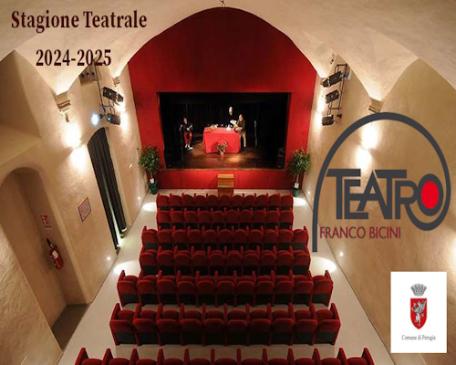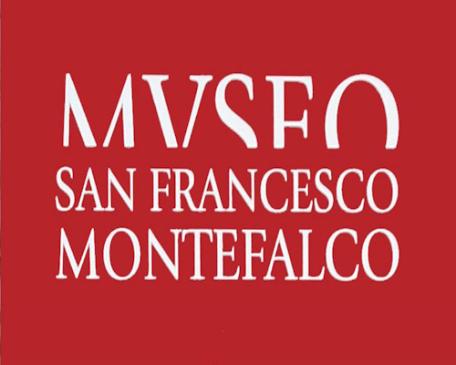HISTORY
Of Etruscan origins, as can be supposed from the finds discovered in the Golini and Hescanas tombs, the present settlement started in the Middle Ages around the 13th century. Its strategic position was used by the lords of Orvieto to control the district and over the centuries the town saw much urban development but also relentless clashes. It was fief of the Avveduti family from Orvieto who owned vast estates around Porano. From the early 15th century, after a brief period under Ladislas, the Angevin King of Naples, the town remained under the jurisdiction of Orvieto together with the neighbouring fortress of Castel Rubello and became part of the Papal States between the 1500s and 1600s, until unification of the Kingdom of Italy.
ART, CULTURE, ENVIRONMENT
Porano is typical of a fortified hamlet: its perimeter is defined by the encircling walls that enclose the medieval nucleus. Of interest in the historical centre is the church of San Biagio (14th century): with two frescoes from the 1300s by the Orvieto School; a holy water font dated 1680; and a 15th century cross in the sacristy.
In the vicinity and worthy of a visit is Villa Paolina (18th century), a large complex with 17th and 18th century avenues and gardens and one of the most important historical parks in the Region. The Villa houses the headquarters of the National Research Council's Agrosilviculture Institute and the Park hosts national horse races, international dog shows and the national jugglers convention every year.
Also noteworthy are the Castel Rubello (13th century) that has maintained the intact appearance of a fortified complex with towers and a castle; and the Teatro di S. Cristina, an ancient church renovated to house a small 150-seat theatre.
Settecamini has one of the most important historical and archaeological sites in the Region, with the Golini and Hescana Etruscan tombs: the paintings from the Hescana tomb (4th century BC) can be seen on site but the paintings from the two Golini tombs have been removed and are on display in the National Archaeological Museum in Orvieto. Many objects exhibited in Orvieto's museums were found in the tombs: armour, vases, and bronze objects, such as the beautiful mirror portraying Leda and Tyndareus.


























